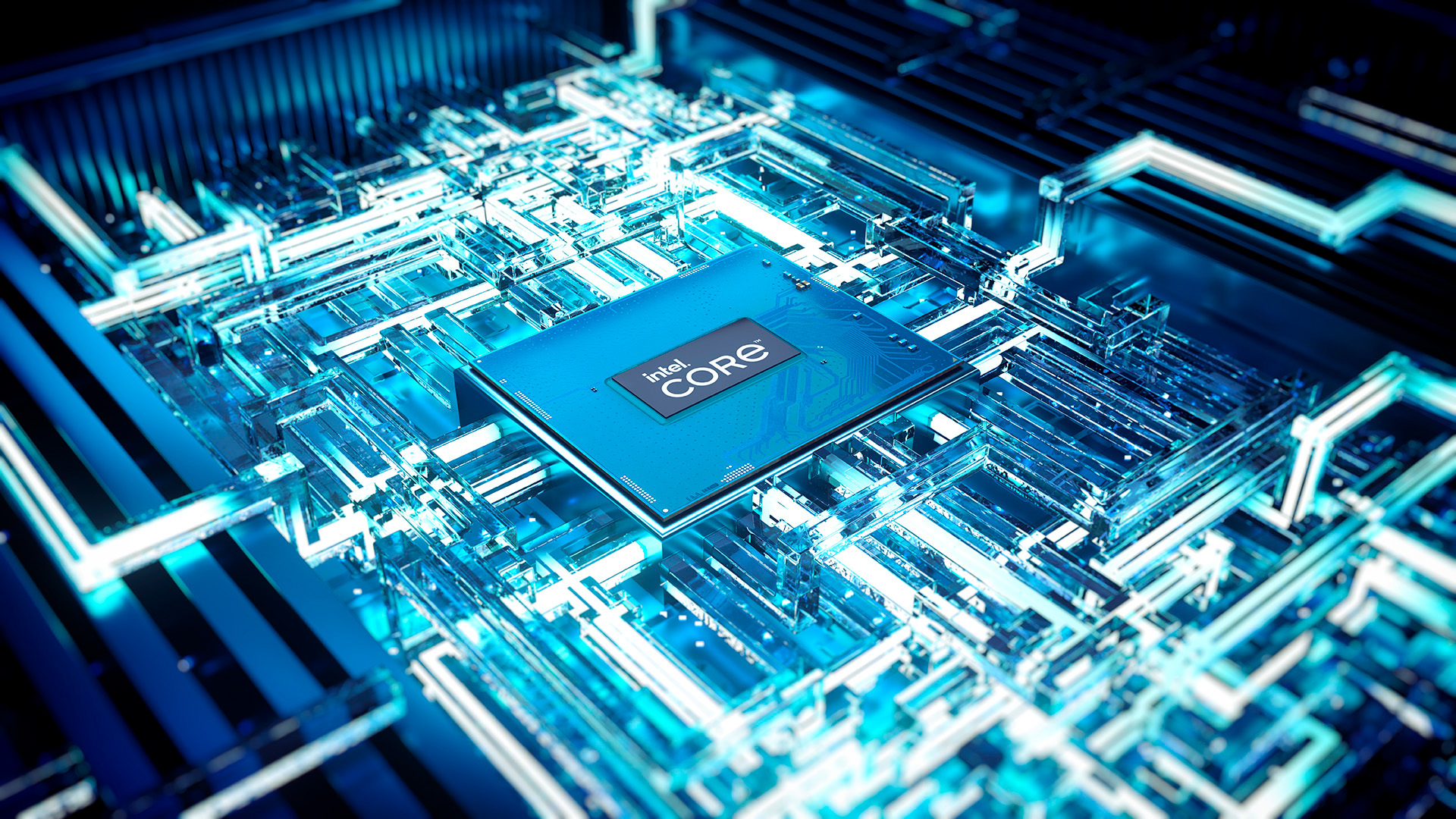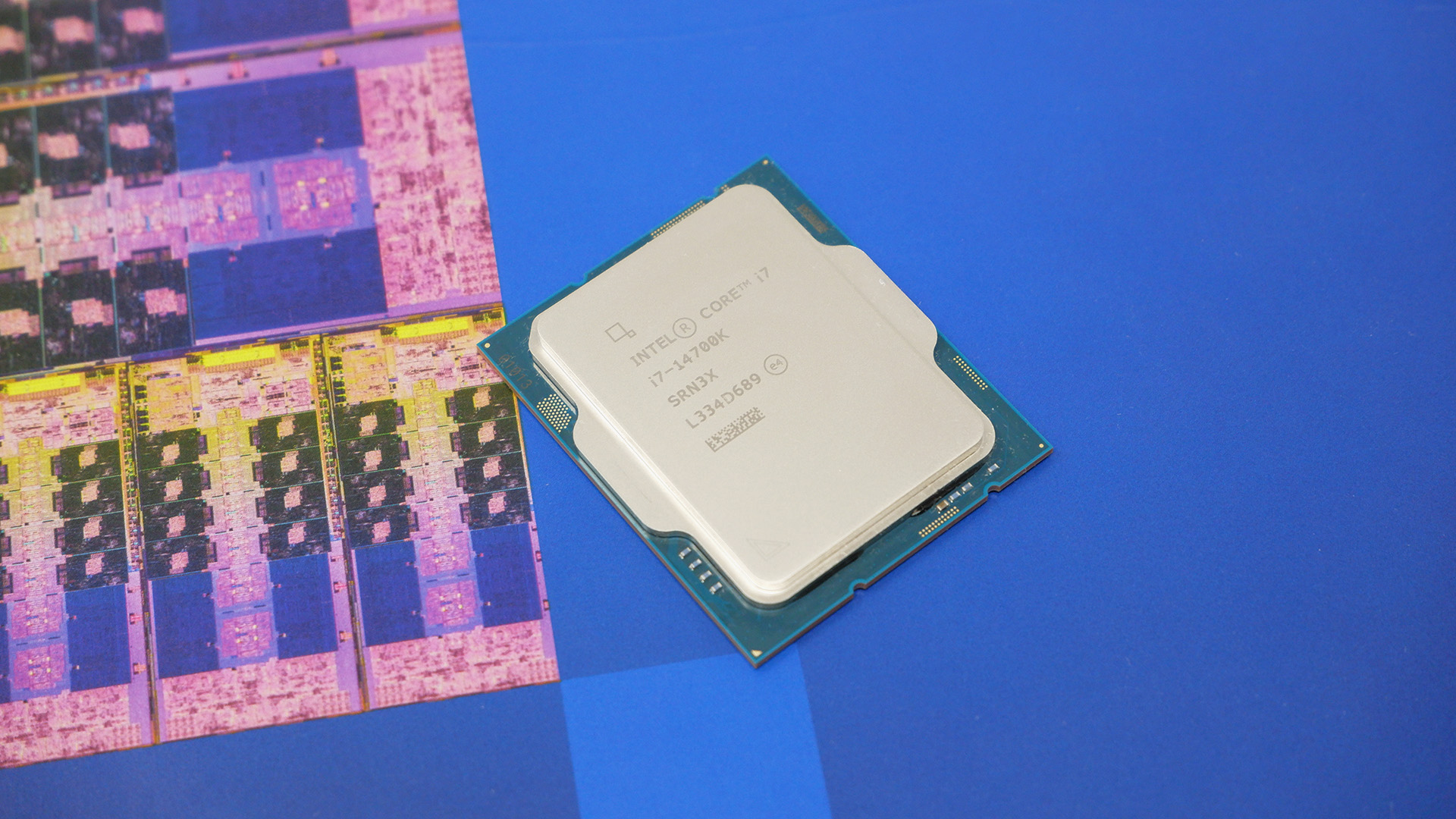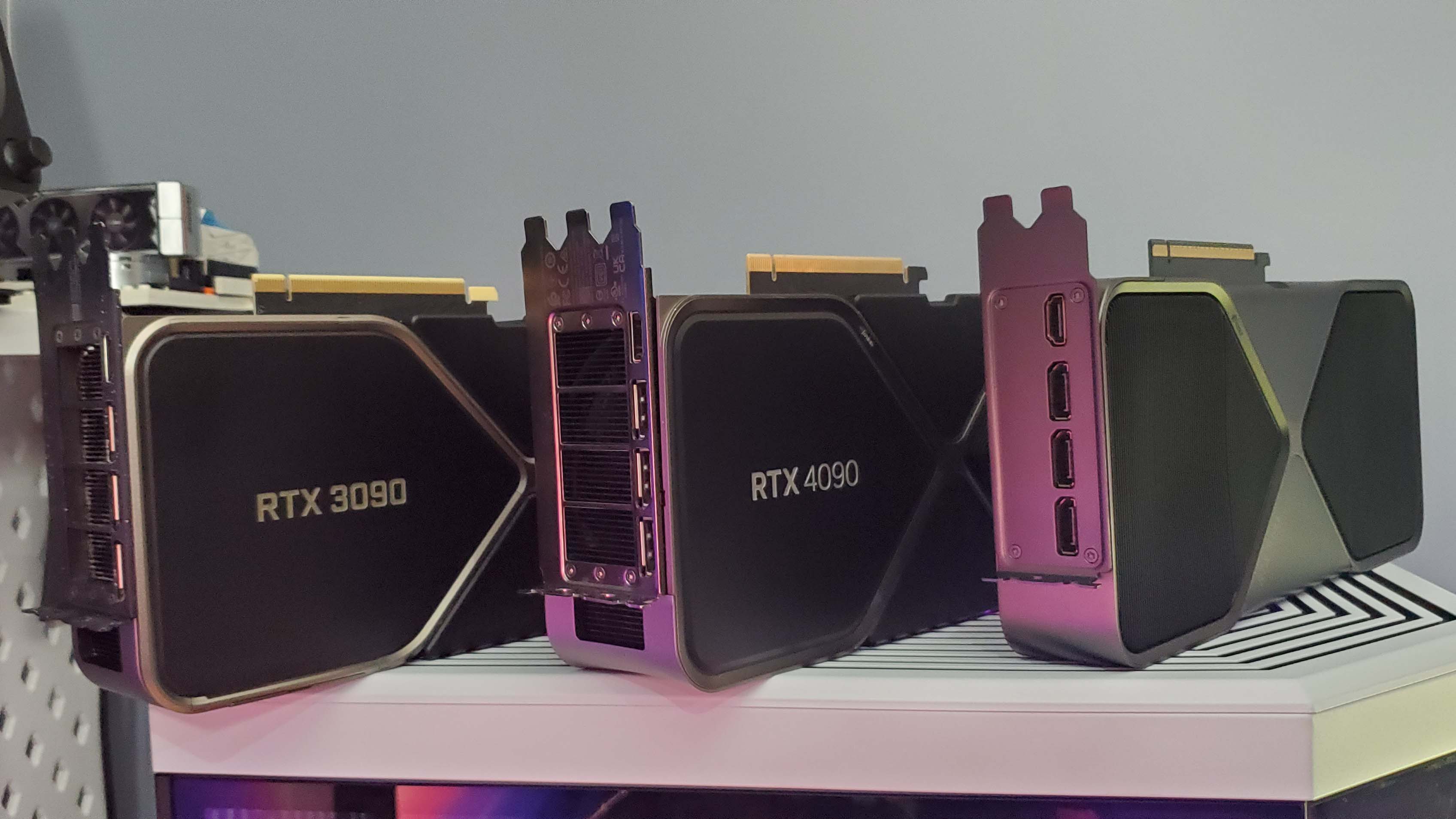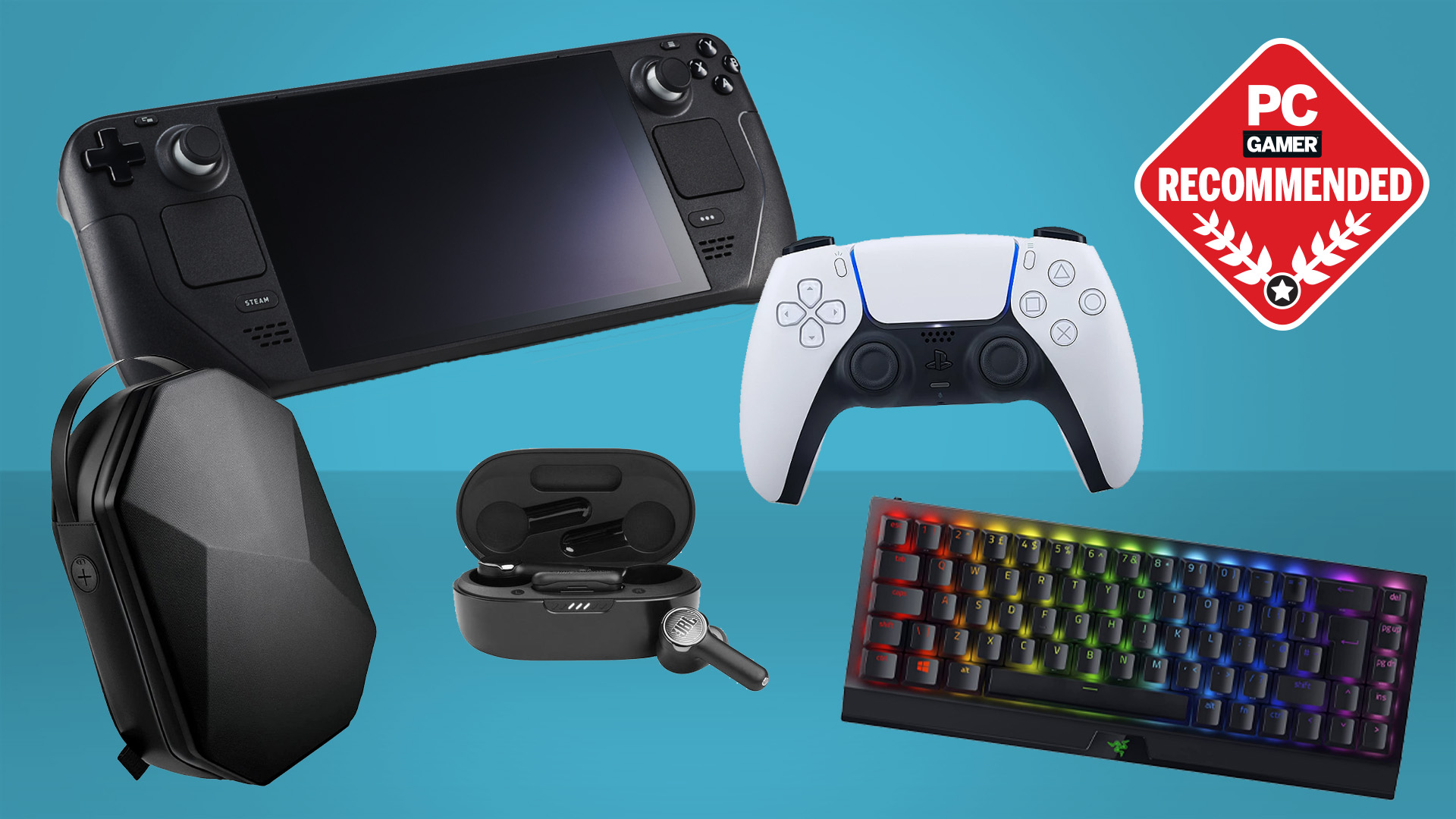Intel's elderly Raptor Lake CPUs are still selling surprisingly well and the reason is simple: They're cheap
Good enough performance at the right price, for laptops at least...

Given they're over two and half years old and plagued with reliability concerns, you might be surprised to learn that Intel's Raptor Lake CPUs are selling like high-temperature baked comestibles. That's according to Intel itself in its latest earnings call for investors.
Raptor Lake refers to Intel's 13th and 14th Gen CPUs for mobile and desktop. Michelle Johnston Holdhaus, CEO of Intel Products, explained that cost is the driving factor behind the ongoing success of these chips, which first went on sale in October 2022, a relative age ago by the standards of computer chips.
"We're not pushing the old parts based on margins. What we're really seeing is much greater demand from our customers for N minus one and N minus two [referring to the two previous generations of CPUs before Intel's current Arrow Lake, meteor Lake and Lunar Lake processor families] products, so that they can continue to deliver system price points that consumers are really demanding. As we've all talked about, the macroeconomic concerns and tariffs have everybody kind of hedging their bets in what they need to have from an inventory perspective. And Raptor Lake is a great part," Holdhaus says.
She also emphasised that Intel's newer Meteor Lake and Lunar Lake CPUs, "come with a much higher cost structure." While Holdhaus didn't say so specifically, calling out Meteor Lake and Lunar Lake, which are both exclusively offered in mobile format, but not mentioning Arrow Lake, which is available as both a desktop and a laptop CPU, suggests that it's Raptor Lake chips for laptops that have been selling surprisingly well, late into the generation's life cycle.
That said, it's worth remembering that Raptor Lake's long sales tail isn't entirely novel. When a new generation of CPU is launched, it doesn't immediately replace its predecessor in its entirety.

At any one time, Intel will be manufacturing several generations of chips in parallel. As a new generation arrives, it will gradually ramp up in volume, while numbers produced of its predecessors may be maintained for a time before eventually tailing off.
That's especially true if the latest generation is based on a new silicon node, which itself needs to be ramped up before sufficient volumes can be produced to fully replace older generations of chips.
The biggest gaming news, reviews and hardware deals
Keep up to date with the most important stories and the best deals, as picked by the PC Gamer team.
To put this all into context, Intel is in fact still producing CPUs from the even older Alder Lake generation, which went on sale in November 2021. Intel stopped taking orders for Alder Lake CPUs in January, but said production would continue until 23 January 2026. So, you might expect Intel to keep making Raptor Lake CPUs until early 2027.
Of late, that ramp-and-replace cadence has become more complex thanks to Intel moving some of its production to the Taiwanese chip foundry TSMC. Raptor Lake is built on Intel's internal Intel 7 node and built from a single chip or silicon die.
Meteor Lake, Lunar Lake, and Arrow Lake, by contrast, are all chiplet designs made of multiple dies, or tiles in Intel parlance. Lunar Lake and Arrow Lake logic chiplets are made entirely by TSMC, while Meteor Lake CPUs are mostly made by TSMC, but with the Intel 4 process used for the die containing CPU cores.

Best CPU for gaming: The top chips from Intel and AMD.
Best gaming motherboard: The right boards.
Best graphics card: Your perfect pixel-pusher awaits.
Best SSD for gaming: Get into the game ahead of the rest.
Certainly, if you browse the websites of many big laptops brands, you'll still find plenty of laptops with Intel H series Raptor Lake CPUs, such as the Core i7-13620H. It tends to be mainstream products offered at lower price points which use the older chips, just as Intel implies.
Laptops with higher price tags that offer either extreme performance or ultra-slim form factors are more likely to use the latest chips, which deliver either more grunt or better efficiency.
Likewise, if we are indeed talking about laptops exclusively, then the well-documented issues suffered predominantly by desktop members of the Raptor Lake generation are by definition less relevant.

Jeremy has been writing about technology and PCs since the 90nm Netburst era (Google it!) and enjoys nothing more than a serious dissertation on the finer points of monitor input lag and overshoot followed by a forensic examination of advanced lithography. Or maybe he just likes machines that go “ping!” He also has a thing for tennis and cars.
You must confirm your public display name before commenting
Please logout and then login again, you will then be prompted to enter your display name.

